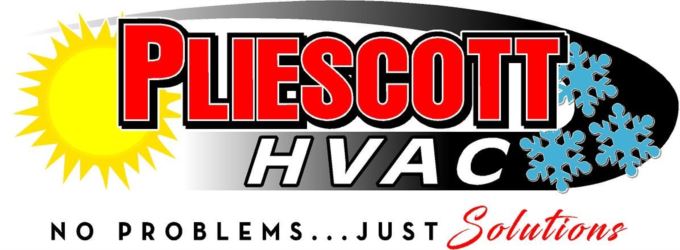
We spend lots of time inside. As a matter of fact, the Environmental Protection Agency (EPA) has estimated being indoors accounts for 90% of our schedule. However, the EPA also has determined your indoor air can be three to five times dirtier than outdoors.
That’s since our homes are securely sealed to increase energy efficiency. While this is great for your utility expenses, it’s not so fantastic if you’re among the 40% of the population with respiratory allergies.
When outside ventilation is insufficient, pollutants including dust and volatile organic compounds (VOCs) may get stuck. As a result, these pollutants can aggravate your allergies.
You can boost your indoor air quality with clean air and regular dusting and vacuuming. But if you’re still having issues with symptoms during the time you’re at home, an air purifier could be able to provide assistance.
While it can’t get rid of pollutants that have gotten trapped in your couch or carpeting, it can help purify the air traveling around your residence.
And air purification has also been scientifically confirmed to help lessen some allergic symptoms, according to the American College of Allergy, Asthma and Immunology. It may also be helpful if you or someone in your household has a lung condition, including emphysema or COPD.
There are two kinds, a portable air purifier or a whole-home air purifier. We’ll go over the advantages so you can determine what’s appropriate for your home.
Whole-House Air Purifier vs. Portable Air Purifiers
A portable air purifier is for one room. A whole-house air purifier accompanies your HVAC system to purify your entire house. Some models can purify independent when your HVAC equipment isn’t operating.
What’s the Best Air Purifier for Allergies?
Look for a model with a High Efficiency Particulate Air (HEPA) filter. HEPA filters are installed in hospitals and provide the best filtration you can get, as they trap 99.97% of particles in the air.
HEPA filters are even more useful when combined with an ultraviolet (UV) germicidal light. This dynamic blend can destroy dust, dander, pollen and mold, all of which are common allergens. For the best in air purification, think over a unit that also has a carbon-based filter to decrease household vapors.
Avoid buying an air purifier that generates ozone, which is the primary ingredient in smog. The EPA cautions ozone may irritate respiratory issues, even when released at small amounts.
The Allergy and Asthma Foundation of America has compiled a listing of questions to consider when buying an air purifier.
- What can this purifier take out from the air? What doesn’t it take out?
- What’s its clean air delivery rate? (A higher figure means air will be purified more rapidly.)
- How regularly does the filter or UV bulb need to be changed]? Can I complete that on my own?
- How much do new filters or bulbs cost?
How to Decrease Seasonal Allergy Symptoms
Want to get the {top|most excellent|best] results from your new air purification equipment? The Mayo Clinic recommends completing other measures to reduce your exposure to things that can trigger seasonal allergies.
- Stay inside and keep windows and doors sealed when pollen counts are elevated.
- Have other household members cut the lawn or pull weeds, since these jobs can trigger symptoms. If you must do these chores alone, you may want to consider using a pollen mask. You should also shower without delay and put on clean clothes once you’re completed.
- Avoid stringing up laundry outside your home.
- Turn on your air conditioner while indoors or while driving. Consider adding a high efficiency air filter in your residence’s HVAC system.
- Balance your house’s humidity levels with a whole-house dehumidifier.
- Hardwood, tile or linoleum are the ideal flooring kinds for decreasing indoor allergens. If your home has carpet, add a HEPA filter on your vacuum cleaner.
Let Our Specialists Manage Your Indoor Air Quality Necessities
Prepared to take the next step with adding a whole-house air purifier? Give our specialists a call at 410-228-4822 or contact us online to schedule an appointment. We’ll help you locate the ideal system for your house and budget.
